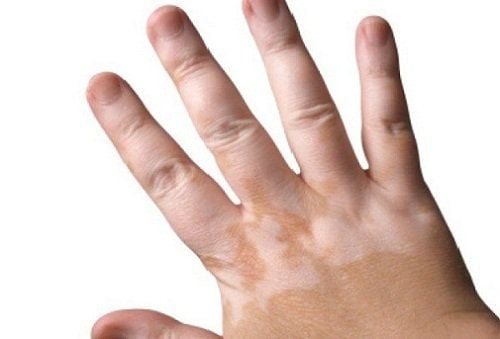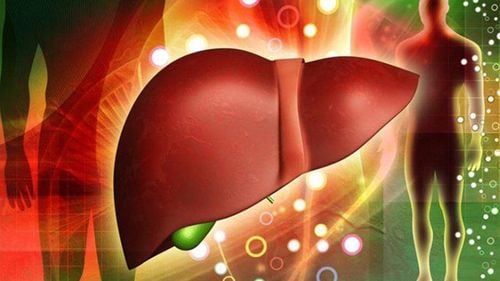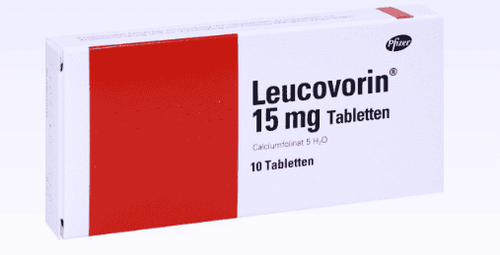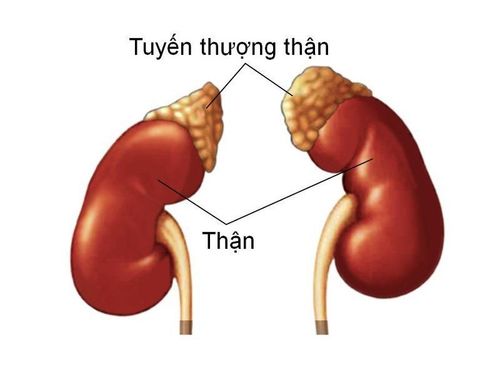This is an automatically translated article.
Albinism and vitiligo are both diseases that cause damage to reduce skin pigmentation, so if you just look at it, many people will be confused and think that these two diseases are the same.1. Albinism
Albinism is an inherited, recessive hypopigmentation disease with uniform hypopigmentation in the skin, hair and retina. Albinism rarely manifests itself in the skin, but may manifest in the eyes alone. The pathogenesis is related to the role of tyrosinase in the conversion of tyrosin to dopa.
The disease manifests with reduced or completely pigmented skin, gray hair, photophobia, and nystagmus. On examination, the fundus and iris were transparent. As a result, the patient suffers from reduced vision, intolerance to sunlight, skin that is sensitive to ultraviolet rays, and is prone to skin cancer in light-exposed areas. Patients should wear sunglasses and a towel to block sunlight.
2. Signs to recognize albinism
Skin signs: Most people with albinism have pink skin and white hair. Some people with albinism still have a white to brown skin color. Skin pigmentation in people with albinism is lighter in color than in normal people. People with albinism have increased levels of melanin pigment over time from childhood to adulthood. Visible signs on the patient's skin such as:Freckles spots Darkening of the skin due to an increased amount of melanin pigment Appearance of many moles, dark brown moles and pink-red moles Skin easily tans Eye color : The eye color of people with albinism is usually from green to brown, in addition, it can change with age. In particular, the lack of pigment will cause the eyes to fade, thus making the patient's eyes sensitive and vulnerable.

Màu mắt người bệnh bạch tạng thường có màu từ xanh đến nâu
Signs of recognition in hair: the hair color of people with albinism will be from white to brown. As you age, your hair color may darken. Signs of vision recognition: signs and symptoms to recognize albinism related to eye functions such as: Children often have nearsightedness or farsightedness early; nystagmus; Loss of ability to look in one direction or move in the same direction; Astigmatism causes blurred vision.
3. Vitiligo
Vitiligo is a skin disease with unexplained loss of melanin pigment, lesions are areas of the skin that do not have melanocytes, creating patches of loss of pigmentation but no loss of sensation. The distribution of lesions is usually symmetric; Hair, hair in the diseased skin area is also gray.
Vitiligo lesions often appear on the face, neck, chest, external genitalia, around the natural openings, mucous membranes, extensors of hands and feet. The disease can be localized with only one or a few lesions or diffuse with larger, more numerous lesions and may cover more than 80% of the body surface area. Due to the loss of melanin pigment, the vitiligo skin area is very susceptible to sunburn and the patient is at high risk of skin cancer. The disease is often associated with ocular abnormalities, especially iritis.

Bạch biến là bệnh lý gây mắc sắc tố ở một số vùng da trên cơ thể
Vitiligo can occur everywhere, regardless of age, sex or race, affecting 1% - 2% of the world's population. The cause of the disease is unknown, but many theories suggest that it may be caused by autoimmune, cytotoxic, genetic or neurological factors.
Favorable conditions for the onset of vitiligo: stress, trauma, exposure to chemicals (phenols, thiols), sunburn, autoimmune diseases (alopecia areata, Graves autoimmune thyroid disease, pernicious anemia) , type I diabetes, Addison's disease, autoimmune hepatitis).
The basic symptom of vitiligo is white spots on the skin. The most common areas of loss of pigmentation are those that are exposed to the sun daily:
Hands Feet Face Lips Arms Chest Body folds such as underarms and groin are also common. vitiligo. The nostrils, the inside of the mouth, the area around the eyes, the nipples, the navel, and the external genitalia can also be depigmented. These areas of skin can be large or small, in one area, or spread across the body, depending on the location. Some people with vitiligo also experience premature graying of their hair and may lose the color of their eyebrows or facial hair.
The patient may notice a rapid change in skin color for a while and then no change. It is a normal progression of vitiligo.
Vitiligo is a benign skin disease, which does not affect the general health status but is unsightly, which can cause distressing social complexes for the sufferer.
Please dial HOTLINE for more information or register for an appointment HERE. Download MyVinmec app to make appointments faster and to manage your bookings easily.













